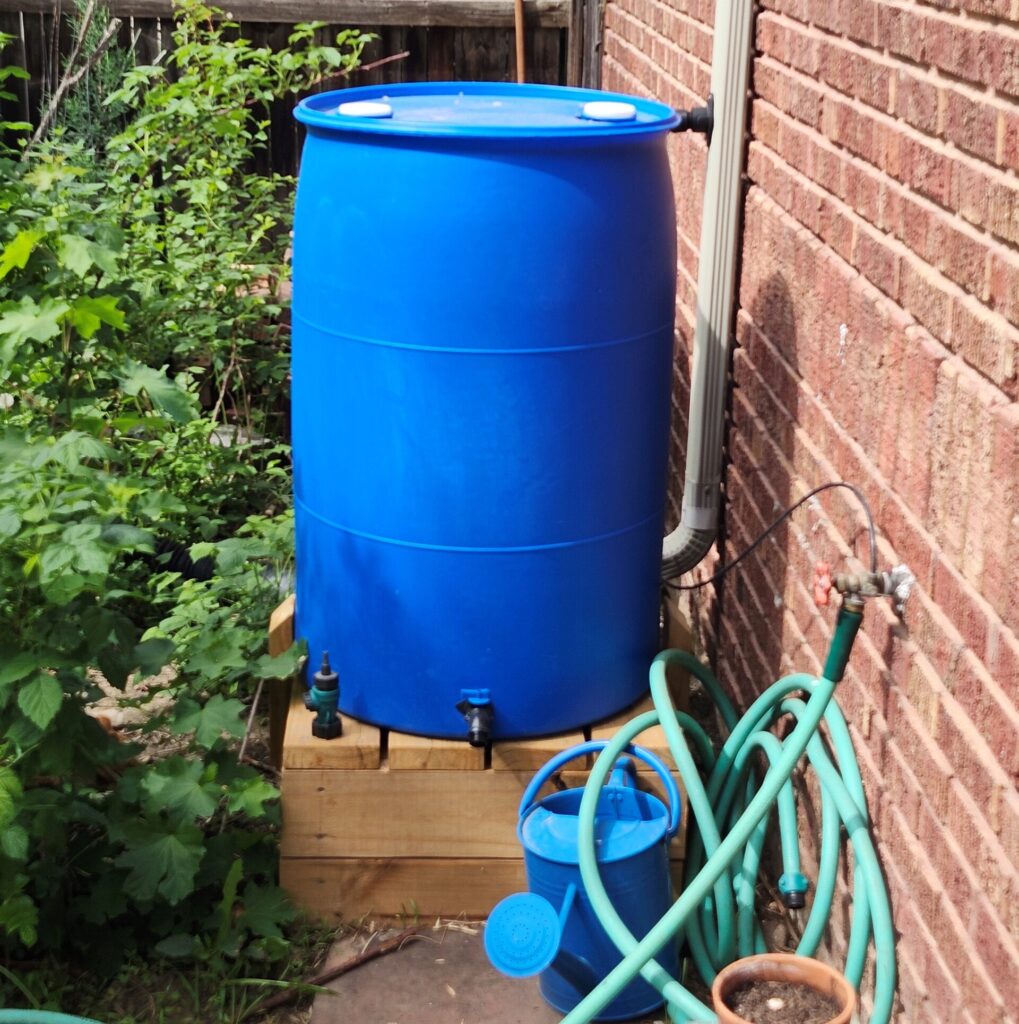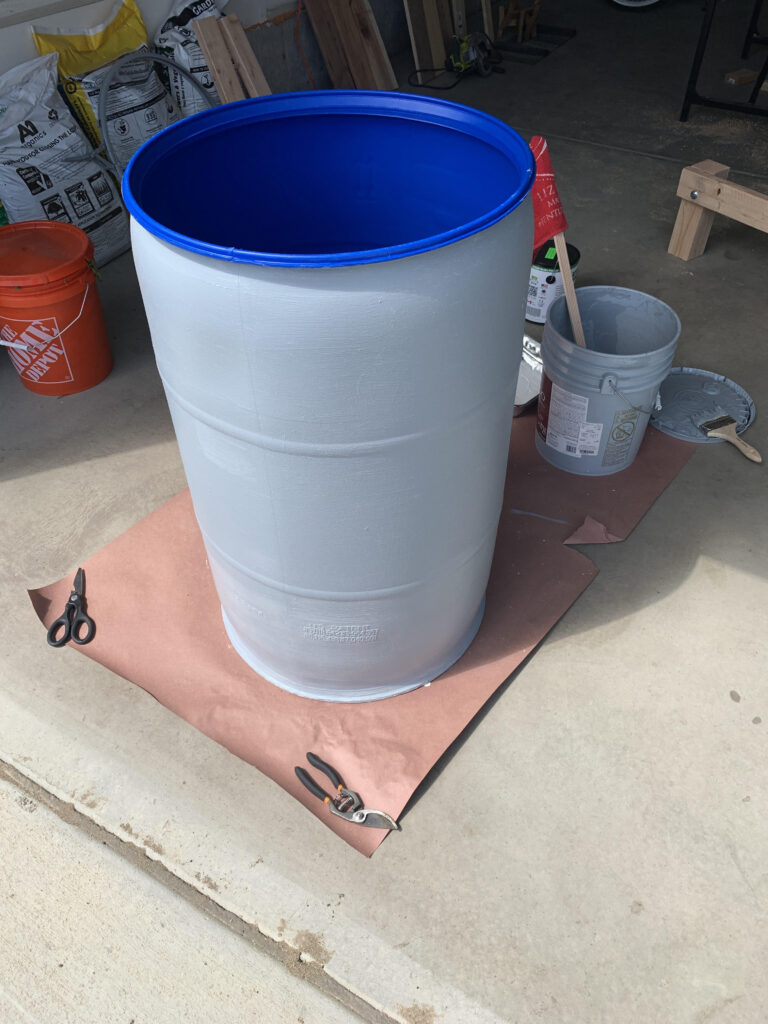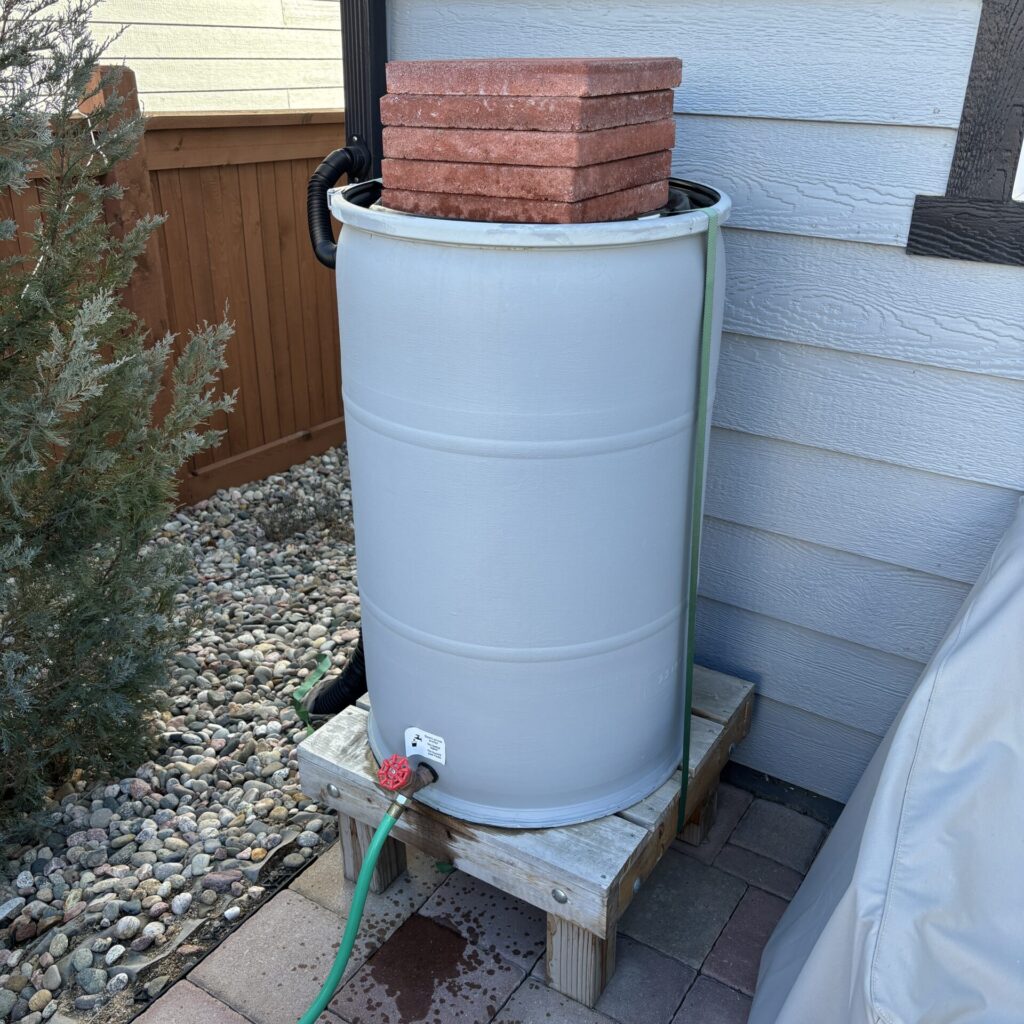
In-person workshops
In-person workshops have concluded for Spring 2025. To stay up to date on future rain barrel workshop opportunities, fill out the Rain Barrel Interest Form.
Rain Barrel Resources
We have started compiling resources to help you choose, install, and maintain your own rain barrel on this webpage. We will continue to update this webpage with more information. You can also check out the Colorado Stormwater Center – see all of their rain barrel information and resources on their website: Rain Barrels – Colorado Stormwater Center.

